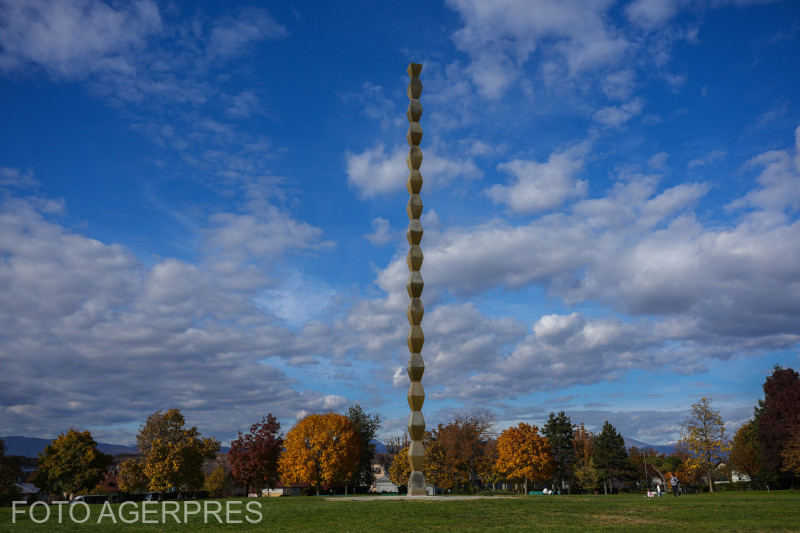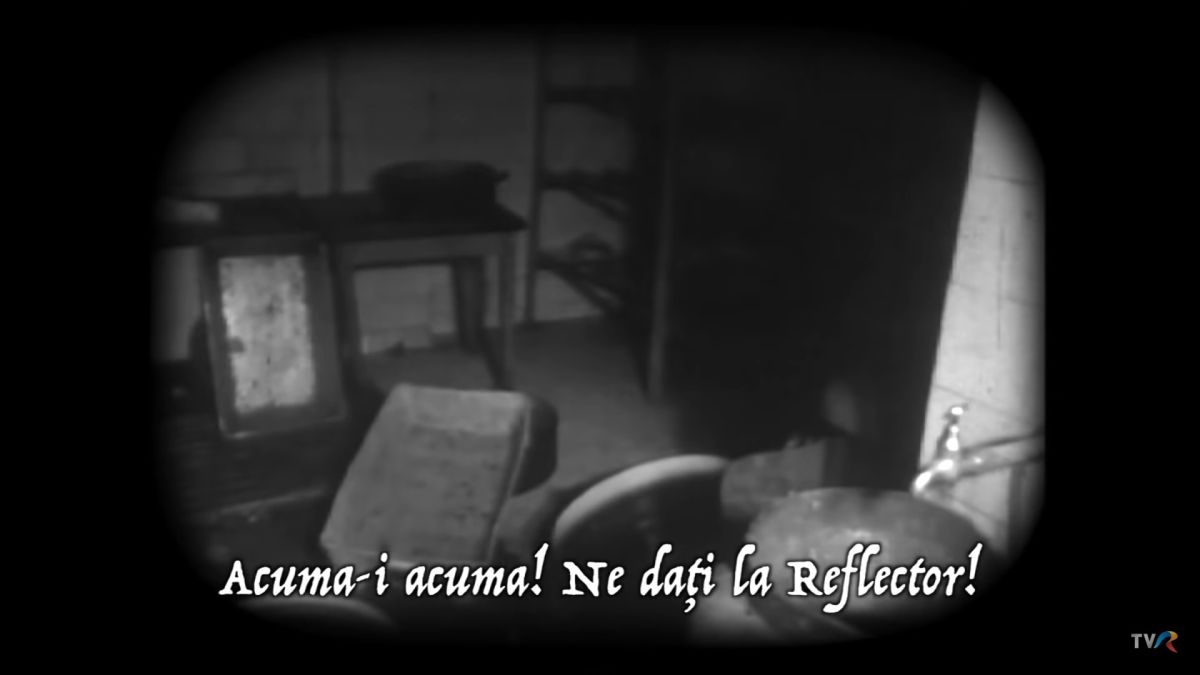Satirical Songs
In the early 19th century satirical songs were enjoyed by both the upper and lower classes.

Steliu Lambru, 07.05.2018, 13:22
In the early 19th century, the principalities of Moldavia and Wallachia were going through an accelerated process of modernisation. And modernization coexisted with influences from the Levant. There were no significant differences between the culture of the upper class and the folk culture, so satirical songs were enjoyed by both the upper and lower classes. These satirical songs had oriental influences and the lyrics included erotic connotations that often verged on immorality and triviality. Therefore, satirical songs became one of the interests of those who wanted the change and Europeanisation of the Romanian society.
Anton Pann was one of the creators of satirical songs. Coming from the Balkans, Pann joined one of the youth societies that set the tone for the urban life in oriental Bucharest.
Ethnologist Nicolae Constantinescu, a professor at the Bucharest University, spoke about Anton Pann and his role in his new country: “Anton Pann came from an area south of the Danube together with his mother and two older brothers. His brother later died in the war. His name was Antonache, the son of Panteleon from Sliven, Bulgaria, who travelled throughout the Romanian territories. He spent some time in Chisinau, and then came to Bucharest where he settled and managed to integrate into the linguistic and cultural milieu of Wallachias capital. He became, in Paul Corneas words, one of the first literary personalities of Bucharest. A fragment from a letter addressed by Ion Ghica to poet Vasile Alecsandri describes Anton Pann as a man who liked to party. Anton Pann was one of the main pillars of the revellers society, a frequent guest of the pubs and beer gardens of Bucharest. “Naturally, parties did not dominate the day-to-day Bucharest landscape, but those thrown by the aristocracy could impress anyone, especially a stranger.
Nicolae Constantinescu: It would be wrong to believe that all the inhabitants of Bucharest in the late 18th century and the early 19th century spent their time partying, with fiddlers wearing period costumes, sighing under the windows of young ladies hiding shyly behind heavy curtains. More often than not, foreign visitors to the city on the banks of the Dambovita River were impressed by the party life of boyars: sumptuous lunches and suppers for 50 people, with delicacies, fine beverages, expensive coffee and liquors. Documents tell us now the delicacies were coming from Vienna in particular, and the atmosphere was completed by talented musicians and women wearing fashionable clothes. We were somewhere between the East and the West. One of the best known satirical songs of the time, which is very much appreciated today, too, is a piece composed by Anton Pann and titled Leliţă Săftiţă, that is auntie Safta, in English.
Nicolae Constantinescu will now try to give us a definition of what is called “cantec de lume, sort of party, satirical songs: What are these songs? Anton Pann, a church psalm singer, made the musical notation of the songs he and his colleagues performed. 100 years later, Gheorghe Ciobanu transcribed them by using modern notation and the singers recorded them just like they were performed 150 years ago. Anton Panns satirical songs were very much in fashion in the early 19th century. Also, fiddlers used to compose such songs on the spot then. They were a sort of ‘chansons courtoises produced by successful authors of the time, such as Costache Conachi (1777-1849). He used to write lyrics that he did not send to a newspaper to be published, but he asked the fiddlers to compose a tune for them, George Sion mentioned in a piece of writing back then. It was very much in fashion for young boyars to offer their sweethearts fiddler concerts, in sign of ultimate elegance. In various places in Iasi, ensembles of fiddlers, paid well in advance, were performing love songs to beautiful young ladies.
Anton Pann, who authored an anthology of such poems, actually verses of satirical, party and love songs and titled “Hospital of love or the Singer of Longing, fell into oblivion, to be later reconsidered by such figures as playwright I.L. Caragiale. Nicolae Constantinescu: These songs were soon in fashion on the other bank of the River Milcov, too, as the romantic poet Dimitrie Bolintineanu noted, deploring the situation: towns are flooded by love, sentimental songs performed by fiddlers. Wallachia is flooded by these songs composed in Moldavia, most of them being obscene. Caragiale, a party lover himself, having a penchant for more or less licit love affairs, is firmly condemning the poems included in ‘The Hospital of Love. Quote-‘At the centre of this stupid fashion, this trend of trivial eroticism, cheap sentimentalism and ridiculous gallantry which dragged and bemired even many highly spirited and really talented people, Anton Pann, our famous popular and folk poet, published, among many admirable original works and translations, a collection of fashionable songs … a sad thesaurus, a pile of literary crap, testimonies of an epochs imbecility. What an outburst of violence from Caragiale to the poor, departed Anton Pann! Later on, Caragiale toned down his criticism and wrote that Anton Pann had actually done a major service to Romanian literature, by collecting all those documents illustrative of the Romanians social state in the first half of the 19th century.
In time, these party and satirical songs fell into oblivion, leaving the scene to other fashionable things and remaining a mere subject of research for folklore specialists. As to the Romanian society, it continued to modernize, with its ups and downs, sometimes returning to origins and resorting to reinterpretations.






























